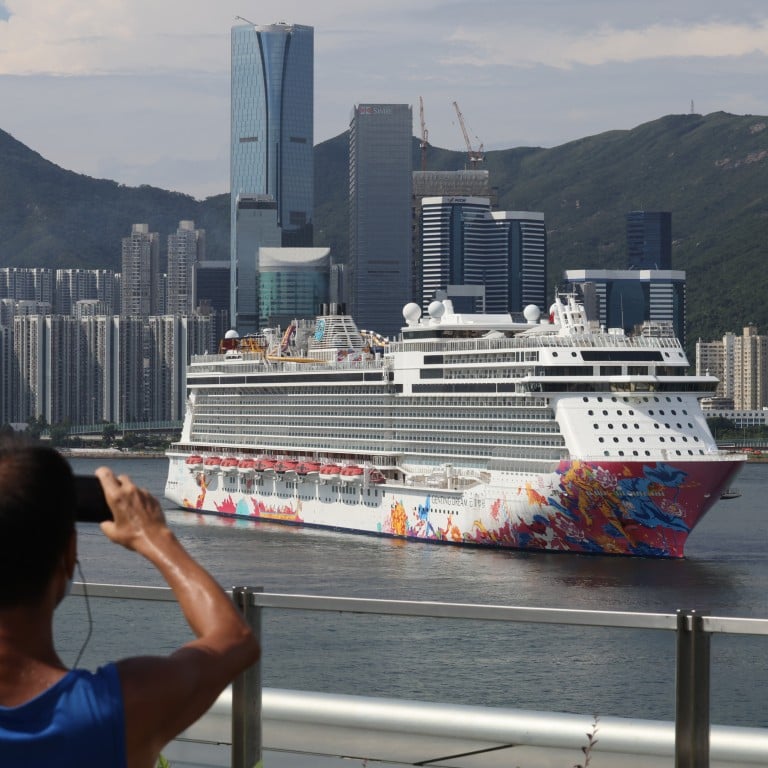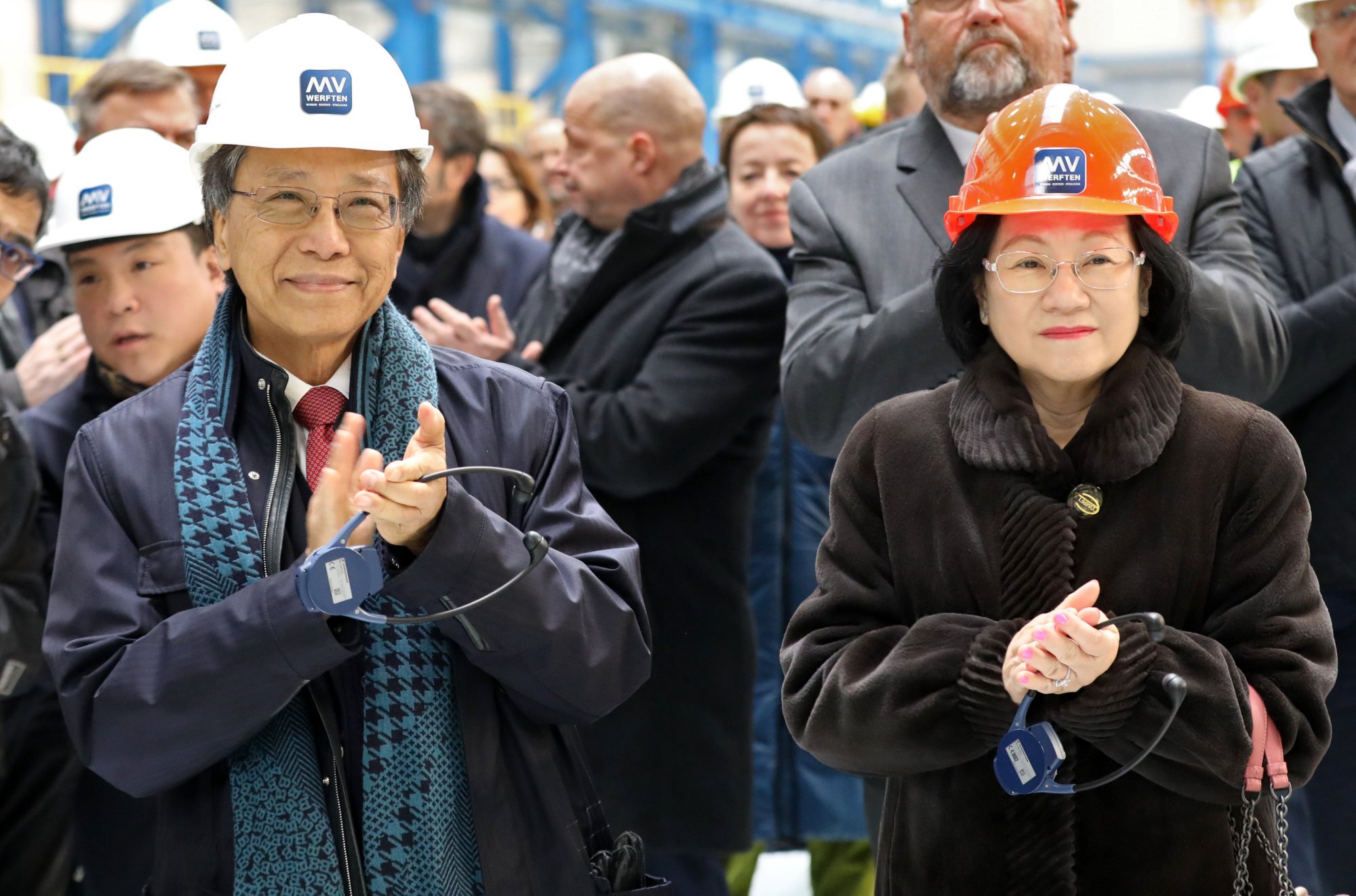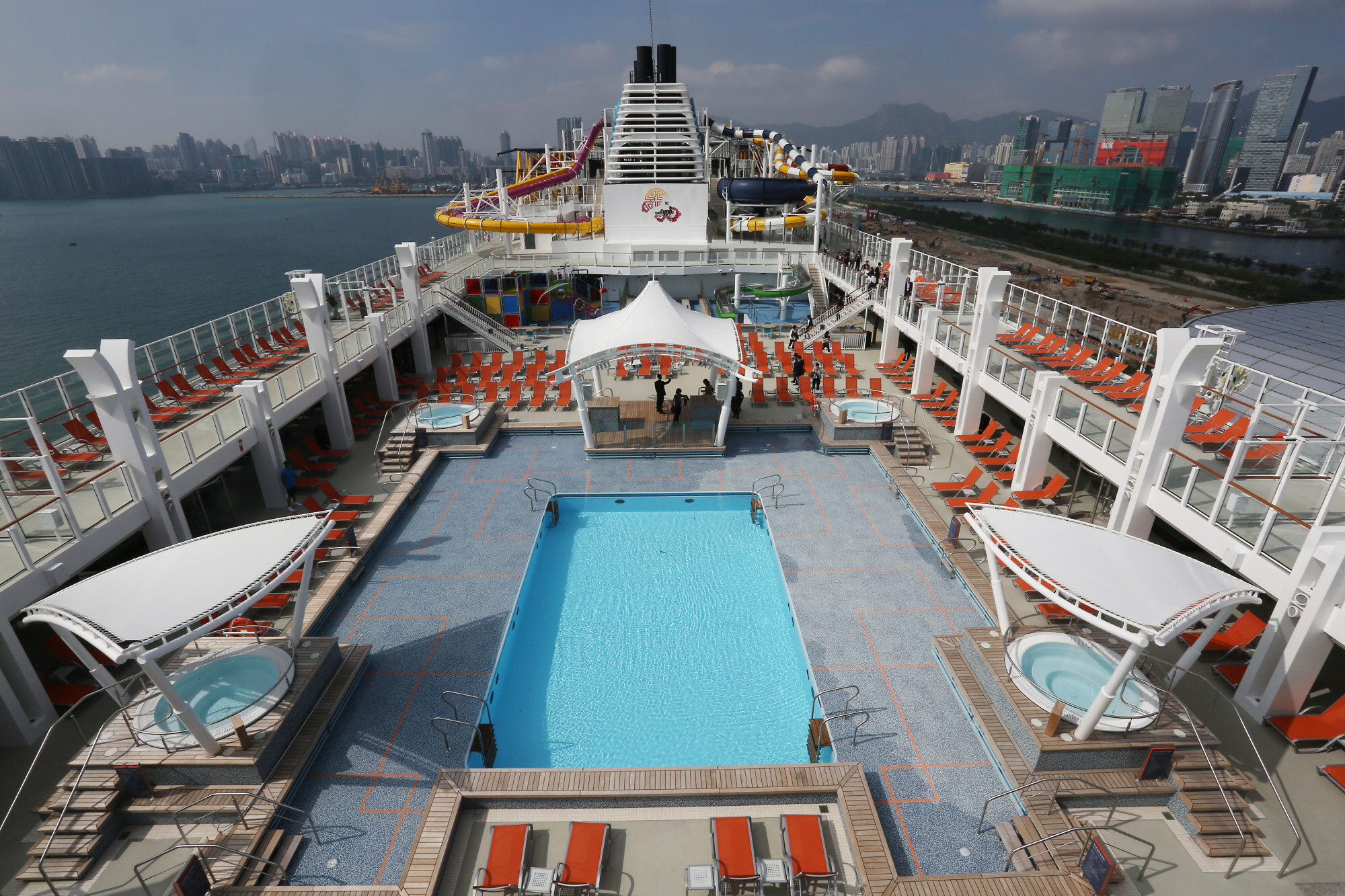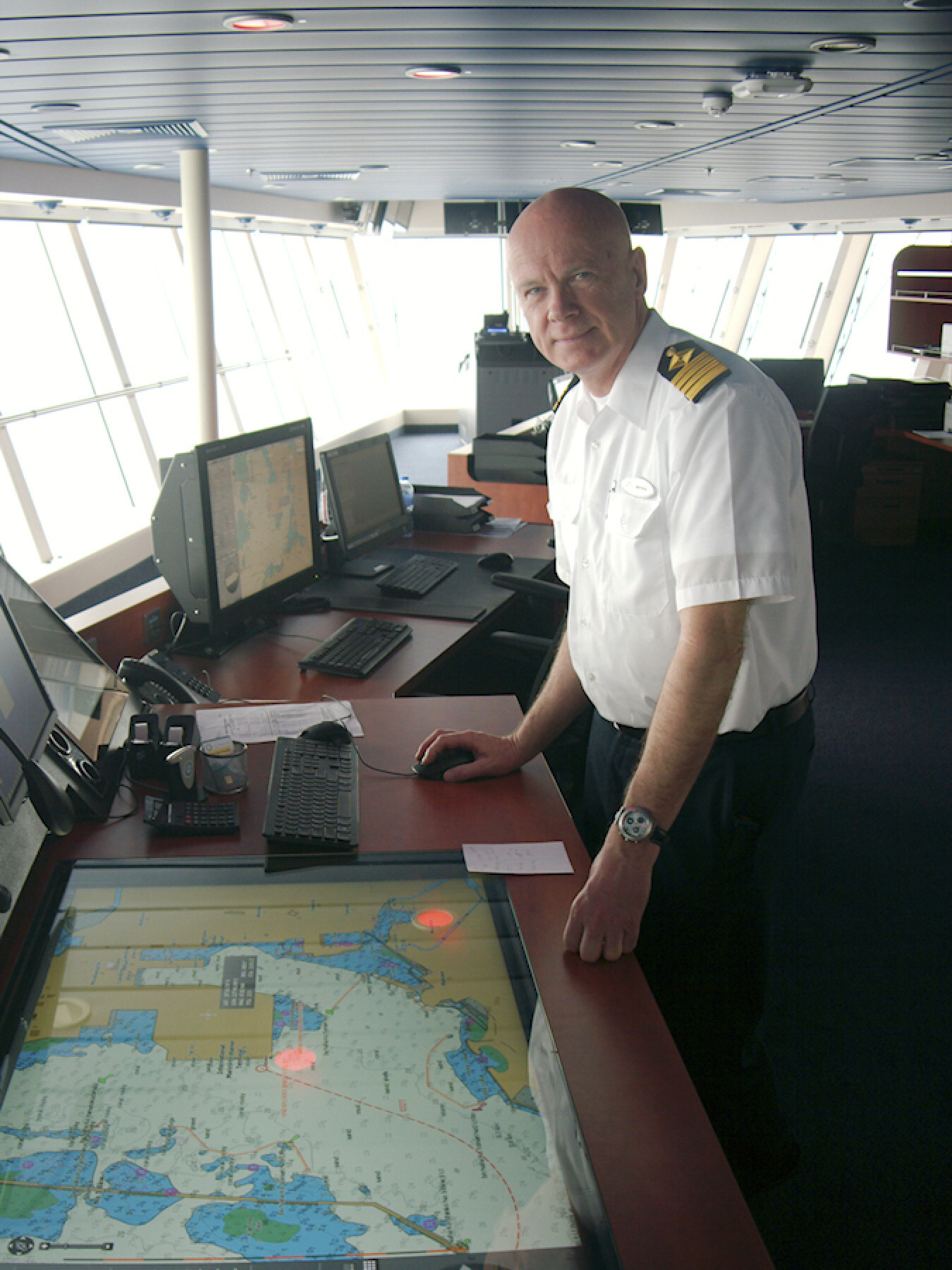
The fall of cruise company Genting Hong Kong, once poised to greatly benefit from China’s forecast luxury cruising boom
- The owner of Dream Cruises, Crystal Cruises and Star Cruises took over three shipyards in Germany in 2016 as business boomed
- ‘Cruises to nowhere’ in Hong Kong waters generated much-needed cash until the government halted them on January 7. Genting filed for bankruptcy 12 days later
The wider economic impact on the city could be destructive, but some in the industry are trying to hold their nerve. “It is still early to comment, as we await news of the restructuring – it seems from their announcement that Dream Cruises will continue to operate, and indeed they are currently sailing in Singapore,” says Jeff Bent, managing director of Worldwide Cruise Terminals, which operates Hong Kong’s Kai Tak Cruise Terminal.

Genting confirms it intends to keep parts of the business operating, including some cruises, but it is still not possible to do so from the company’s home port, with the Hong Kong government having halted all cruises on January 7 due to rising Covid-19 case numbers.
Now Genting’s 150,000-tonne flagship, the Genting Dream, with its 36 food outlets, two spas, 999-seat theatre and two swimming pools, languishes forlornly at anchor in Hong Kong’s outer harbour.
3 heritage hotels to rival the Raffles in Singapore
Only five years ago, while dining aboard the Genting Dream with the ship’s Swedish captain, Magnus Gottberg, the topic of conversation was the nascent Asian cruising boom. It had been a tradition that Genting employed Scandinavian deck officers ever since the company bought two old Swedish ferries and launched Star Cruises in 1993.
Star Cruises tapped into a lucrative market niche that the big players had missed. Cheap and cheerful offshore casino gambling proved popular with Chinese cruisers. By 2015, when China was forecast to be the biggest market for cruise holidays by 2030, Genting was well poised to profit from the regional luxury cruising boom.
Dream Cruises was founded and two new vessels – Genting Dream (launched in 2016) and World Dream (launched in 2017 and the ship currently operating in Singapore) – were designed to deliver the highest level of guest service and opulence in the region.

To capitalise on the growing demand for cruise ships, in 2016 Genting also established MV Werften, comprising three existing German shipyards. The move loaded the business with a colossal overhead and a major financial commitment. Big ships take many years to construct and it is rarely possible to change your mind if there is an unexpected downturn in business.
Genting runs a tight corporate ship and went to extraordinary measures to rebuild consumer confidence when cruises resumed. On Genting Dream, all crew members had to be fully vaccinated 14 days before boarding; passengers also needed to be fully vaccinated 14 days before their departure date and pass a Covid-19 PCR test 48 hours before sailing.

The ship’s design enables external air to be filtered in, and there is no recirculation of air between cabins. Touchless handwashing stations and a PCR test machine with medical-laboratory-level capabilities were installed along with negative-pressure isolation wards in its medical centre.
No cases of Covid-19 have been reported on Genting cruises operating from Hong Kong.
It was possible Genting might have weathered the storm. On June 3, 2021, it announced MV Werften had received a loan commitment from Germany’s Economic Stabilisation Fund to keep the shipyards afloat. And even with limited passenger capacity, two- and three-night themed cruises within Hong Kong waters generated much-needed cash.
What to do about masses of plastic waste from Hong Kong’s hotel quarantine?
But then the loan fell through and as Genting scrambled desperately for time, the company was sunk in its home port. Twelve days after cruises were banned, Genting filed for bankruptcy.
“The more relevant issue now is when and under what circumstances the government will allow cruising to resume, given that it continues in most of the rest of the world,” Bent says.

